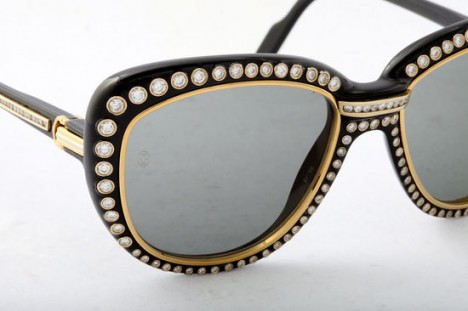The Rise of Slow Fashion/Embracing Ethical and Mindful Consumption
 Introduction:
Introduction:
In recent years, a growing movement has been gaining momentum in the world of fashion – the Slow Fashion movement. As consumers become more conscious of the environmental and social impacts of their choices, they are shifting away from fast fashion and embracing a more ethical and mindful approach to clothing consumption. This shift is not only transforming the fashion industry but also reflecting a broader cultural change towards sustainable living and responsible consumerism.
Understanding Slow Fashion:
At its core, Slow Fashion is a philosophy that focuses on quality over quantity, sustainability over disposability, and mindfulness over impulse buying. Unlike fast fashion, which promotes cheap, mass-produced clothing designed to quickly go out of style, Slow Fashion emphasizes craftsmanship, durability, and timeless style. Slow Fashion brands often produce smaller quantities of garments, using high-quality materials and ethical labor practices to create pieces that are made to last.
Ethical Production and Fair Wages:
One of the key pillars of Slow Fashion is ethical production. This means considering the entire supply chain – from sourcing materials to manufacturing and distribution. Slow Fashion brands prioritize transparency, ensuring that consumers know where their clothes come from and under what conditions they were made. This commitment to transparency is crucial in addressing the widespread issues of sweatshops and exploitative labor practices that have plagued the fast fashion industry for decades.
Moreover, Slow Fashion brands often pay fair wages to their workers and provide safe working conditions. This not only helps uplift communities in developing countries where much of the fashion industry’s production occurs but also fosters a sense of connection between the consumer and the people who craft their clothing.
Environmental Sustainability:
In contrast to the environmental toll of fast fashion – which contributes to massive waste, excessive water usage, and pollution – Slow Fashion is deeply committed to environmental sustainability. Many Slow Fashion brands prioritize eco-friendly materials, such as organic cotton, hemp, and recycled fibers, reducing the reliance on resource-intensive materials like conventional cotton and synthetic fabrics.
Additionally, Slow Fashion encourages a shift towards circularity in the fashion industry. This means designing clothes with longevity in mind, creating pieces that can be easily repaired, recycled, or upcycled at the end of their life cycle. By promoting circular practices, Slow Fashion aims to minimize waste and reduce the industry’s impact on the planet.
The Mindful Consumer:
At the heart of the Slow Fashion movement is the concept of mindful consumption. Mindful consumers carefully consider their purchases, choosing quality over quantity and investing in pieces that align with their values and personal style. By moving away from impulse buying and trend-chasing, mindful consumers build a more intentional and sustainable wardrobe.
Mindful consumption also encourages people to buy second-hand or vintage clothing, further reducing the demand for new, resource-intensive garments. Thrifting and swapping clothes have become popular practices among those embracing Slow Fashion, adding a sense of adventure and uniqueness to their style while reducing their carbon footprint.
The Role of Social Media and Influencers:
Social media and influencers have played a significant role in promoting the Slow Fashion movement. As more people become aware of the impact of their clothing choices, they turn to platforms like Instagram and YouTube, where influencers and content creators advocate for sustainable and ethical fashion.
These influencers showcase their timeless and versatile outfits, demonstrating that style doesn’t have to mean constantly purchasing new clothes. They also highlight Slow Fashion brands, shedding light on the stories behind the garments and the values they represent.
Challenges and Future Outlook:
While the Slow Fashion movement has made significant strides in promoting ethical and mindful consumption, it still faces challenges. The allure of cheap and trendy fast fashion remains a strong competitor for many consumers, and not everyone has equal access to Slow Fashion alternatives, which can sometimes be more expensive.
However, the growing awareness and demand for sustainability and ethics in the fashion industry provide hope for a more inclusive and sustainable future. As more consumers prioritize values over fleeting trends, the industry will likely respond by adopting more responsible practices and making sustainable options more accessible to all.
Conclusion:
The rise of Slow Fashion represents a profound shift in consumer consciousness – a move towards a more ethical, sustainable, and mindful approach to fashion consumption. By embracing Slow Fashion, individuals can contribute to a positive impact on the environment and support fair labor practices while also expressing their unique style. As the movement continues to gain momentum, it has the potential to transform the fashion industry, making it more responsible and environmentally conscious for generations to come. Let us all join the Slow Fashion revolution, one mindful purchase at a time.







